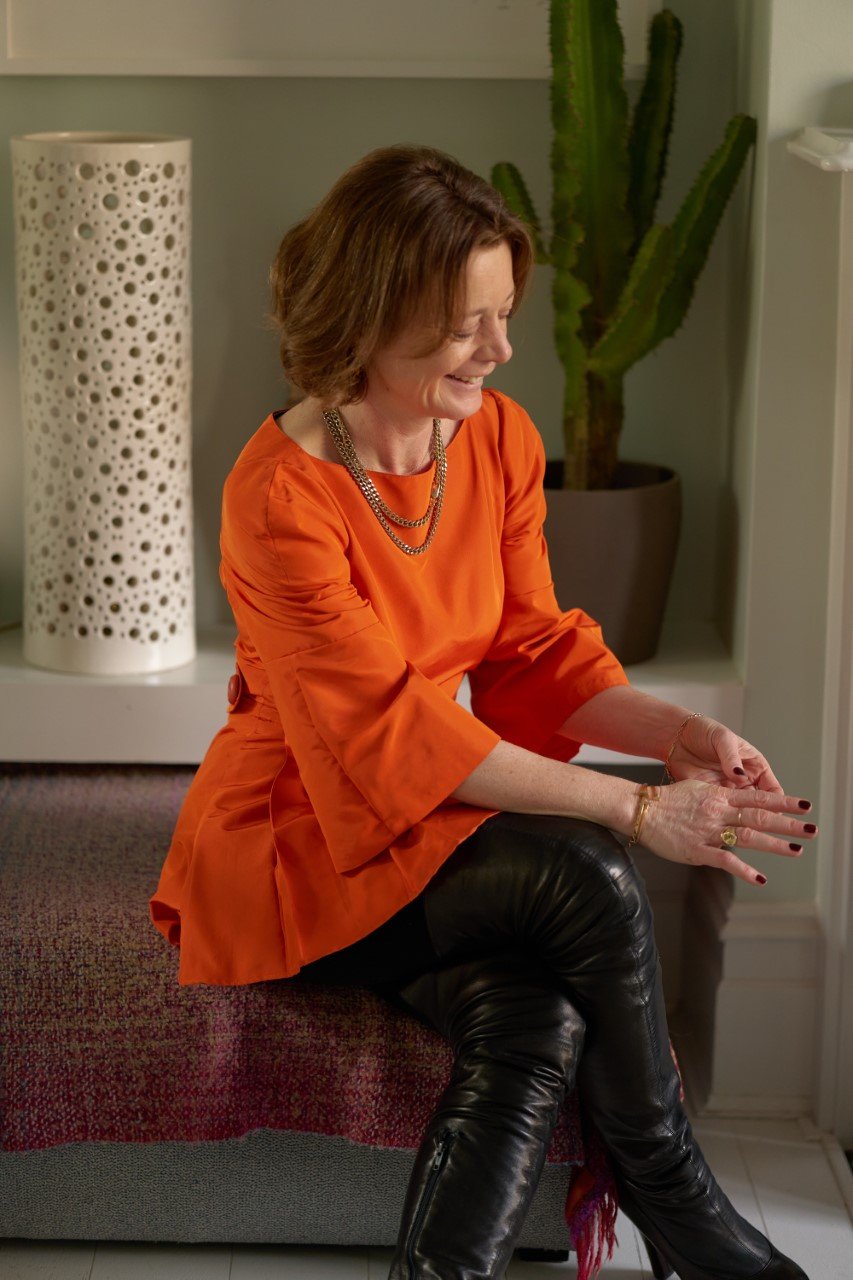The Rule of Five - why we have to stop buying so much
I’m currently mulling over purchasing my first new piece of clothing in nearly six months. This hasn’t been an accidental moratorium on fashion shopping, but rather my deliberate attempt to address something I have only relatively recently fully acknowledged as playing far too big a part in the potentially catastrophic effects of climate change.
Quite simply - we are all consuming too much.
Our over-consumption applies across the board - from technology to toys, hardware to household items. (Watch Stacey Solomon’s brilliantly addictive programme Sort Your Life Out, where she helps families declutter their homes by laying out all their possessions on the floor of a huge warehouse, if you want to see the perfect illustration of this) But for the moment, I’ve focused my own attention, and efforts, on a sector that it turns out is one of the worst contributors to climate change. The fashion business.
Apparently, not only are the processes involved in clothes manufacturing, transport and supply playing a disastrous part in emissions and resource consumption, never mind all the mountains of clothes that end up in landfill - a shocking 300,000 tonnes each year in the UK alone - but the industry is on course to double its emissions by 2030.
I don’t want to turn this into a finger-wagging rant, or a discourse in doom-mongering (if you’re interested in finding out more, this report from the Hot or Cool Institute, a public interest think tank that explores the intersection between society and sustainability, is worth a read), but I do feel strongly that we’ve passed the time for saying “you know, it would be really nice if you could possibly think about this some time when you feel you can”. Because honestly, time is something we’re running out of if we’re going to make the huge, and yes, sometimes hugely difficult, changes we need to in order to protect and preserve our precious planet for the future generations who include my equally precious gang of grand-girls.
Of course, it’s all too easy to feel as individuals there’s precious little we can do that can have an impact on such a dauntingly enormous challenge. But each of us not buying so much stuff has the collective potential to make a really significant difference. And not buying so many clothes, it turns out, isn’t nearly as hard as it seems.
I mean, let’s be honest, we all have far more clothes than we need - studies consistently show that women wear around 30% of the clothes they own on a regular basis. So for starters, there’s likely to be a fruitful opportunity to do what presenter Gaby Roslin calls ‘Shopping in Your Wardrobe’ - which she regularly does regularly and posts the results on her Instagram page.
Gaby Roslin in one of her #shoppinginyourwardrobe outfits
In other words, having a good old rummage through all those things you have lurking at the back of your cupboards and drawers and then styling them up in new ways (Gaby’s a big fan of wearing things back to front) and/or getting them altered to give them a new lease of life. Could that dress that’s not quite right any more be cut down into a top? Or could the bottom make a lovely skirt? Or maybe both?
Of course, we’re all prey to the exhortations of the fashion media urging us to buy into the latest trends and looks. But resisting that in favour of finding ways to make what you already have work harder and better for you is surprisingly satisfying.
Also, I’m not remotely curmudgeonly enough to suggest you shouldn’t buy - or acquire (I’ll get to what I mean by that in a mo, I’m obviously not suggesting anything illegal!) anything at all. I have added a small handful of items that I’m thoroughly enjoying wearing to my collection over the aforementioned six months, each one bought secondhand, and each one only earning its place in my wardrobe on the basis that something else had to be donated to charity, given away or sold on, in order to make space for it (I’ve had this one-in-one-out policy for a couple of years and found it really helpful for focusing on pieces I’ll actually value rather than whim-buys).
I’ve shopped at a brilliant charity pop-up at my local shopping centre where a conglomerate of different charities took over a large empty unit for a couple of weeks,
The charity pop-up at Brent Cross Shopping centre
in local charity shops I’ve happened to be passing, and tried an on-line business - b.kinda - which gives old clothes a new lease of life by compiling them into mystery boxes. You fill in a short questionnaire on the b.kinda site and four items are specially selected and sent to you (perfectly laundered and packaged) by the team based on your responses. Each box costs £15, so that’s under a fiver for each piece (£3.75 to be precise).
A b.kinda mystery box
Obviously it can be a bit hit and miss, but it can also be a great way of discovering things you might not otherwise have tried, and/or that suit you perfectly without having to trawl for them yourself.
Then this week, through my work as Editorial Director of the website Noon, I learnt about a challenge laid down by former fashion editor Tiffanie Darke, who has had her own moment of reckoning with fashion overconsumption.
Tiffanie Darke in a top made from a Parda dress she admits to never wearing
Tiffanie has vowed to buy only five new pieces over the course of a year. She’s calling her quest The Rule of Five and she has laid down the gauntlet to as many people as possible to join her.
She’s broken the year down into 5 parts - Winter (Jan-March) Spring (March-May) Summer (May-August) Autumn (August-October) and Christmas (November & December) - for the purposes of the five purchases, and created these rules for the challenge:
What’s allowed - lingerie and socks (but don’t get carried away, stick to what you really need), renting or borrowing, swapping, (the ways of legally acquiring new items without buying them I referred to above), alterations, mending and repair.
What’s not allowed - gifts (apparently those count. Ouch!) and too much secondhand - “second hand shops are a good idea but they are not the main avenue to address the magnitude and urgency of the problem we now have,” says Dr Lewis Akenji, of the Hot or Cool Institute. “There’s room for second hand and donation but this does not tackle the need to reduce consumption and production.”
You can find out more about Tiffanie’s campaign, the reasons behind it and how her efforts are going by following her on Instagram or Substack where her newsletter is called It’s Not Sustainable
I’ve pledged to join her. How about you?
Other posts you’ll enjoy
9 ways to declutter and save the planet









